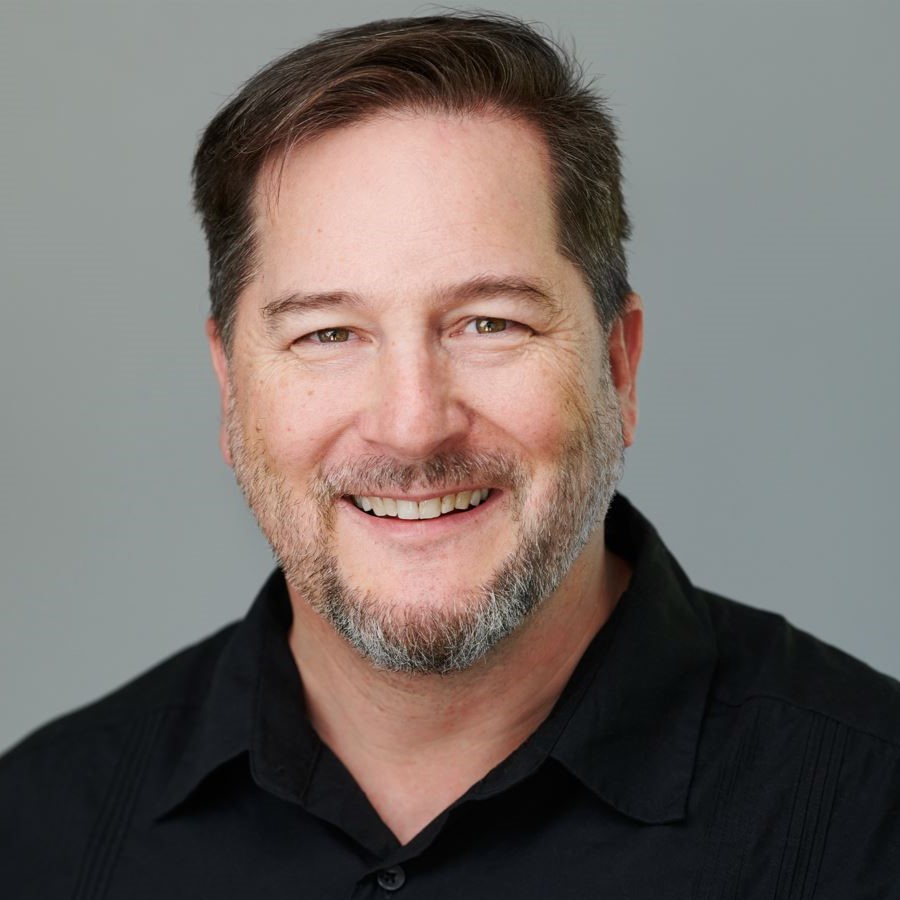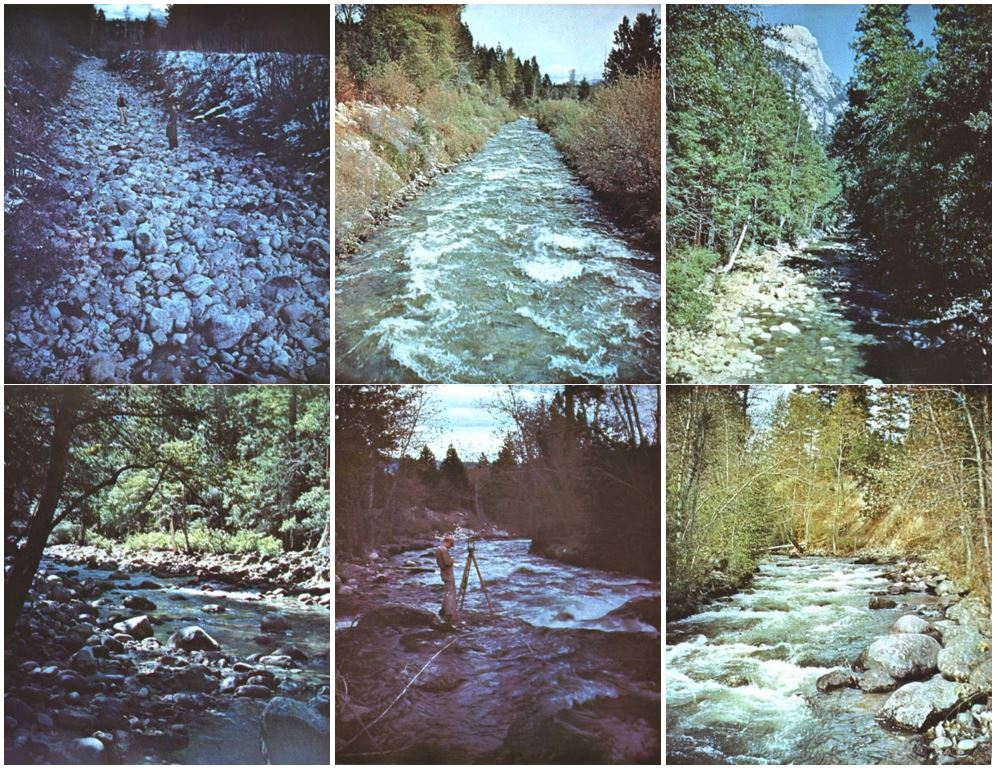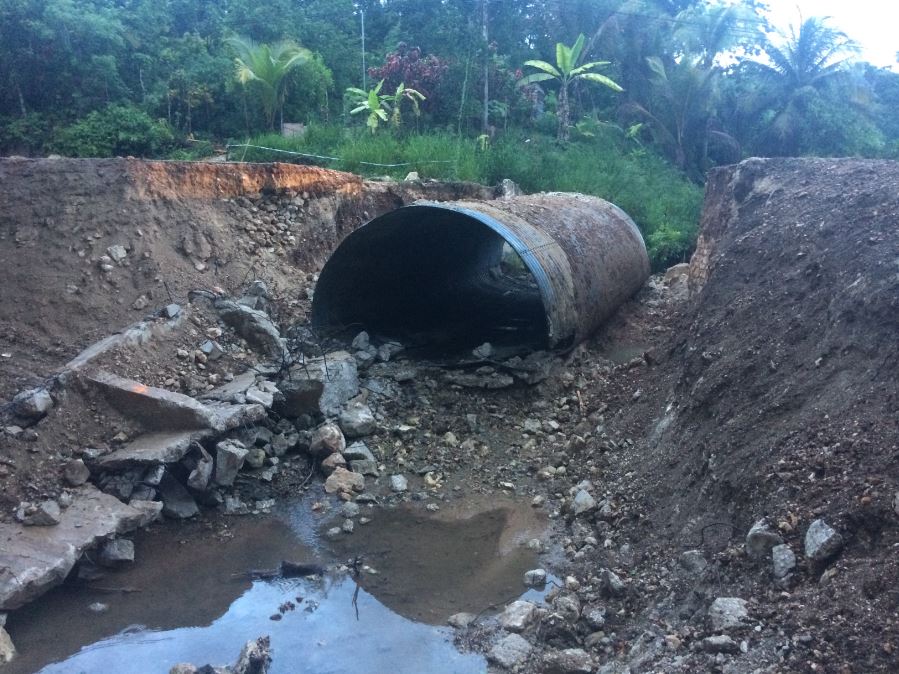Video
Roughing it for water modellers
Using the Manning equation in hydraulic modelling
About
The empirical Manning equation is one of the most commonly applied approaches in water modelling. Where did it come from, what does it mean for your model, and what other options do you have?
Selecting a proper roughness coefficient is one of the most challenging and consequential steps of hydraulic modelling. Please join us for a discussion about the background of the Manning’s roughness coefficient along with tips, tricks, and pitfalls to look out for in selecting representative values for open channels, pipes, and more.
Presenters
Robert Czachorski
OHM Advisors
Robert is a principal of OHM Advisors and president of H2Ometrics, a cloud-based smart water and sewer data application platform. During his career, Robert has performed and managed large water resour... Read more
Chris Goodell
Kleinschmidt Associates
Chris is the Principal Consultant for Hydraulics and Hydrology at Kleinschmidt Associates. Chris specializes in water resources hydraulic engineering. He has a background in both hydraulic design and... Read more
Krey Price
International Water Training Institute
Educated at the University of California at Berkeley, Krey is a civil engineer and project manager with international experience in water resources. He is engaged in computational modelling, engineeri... Read more






